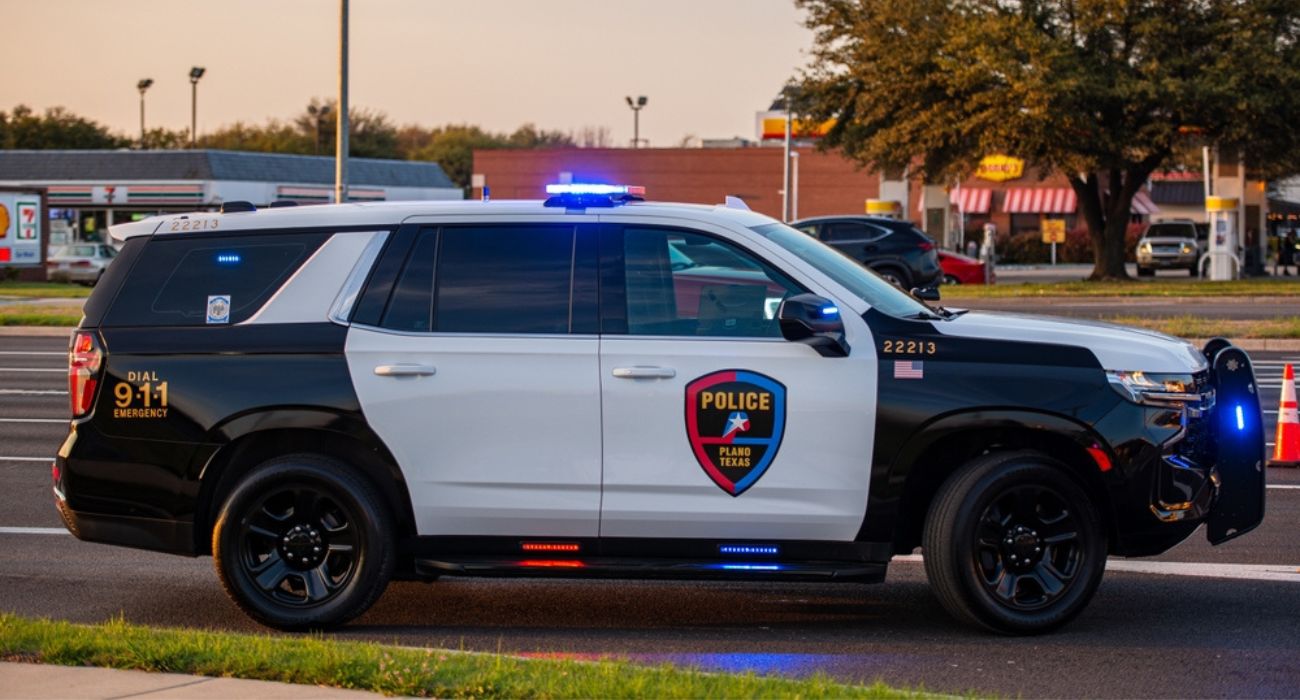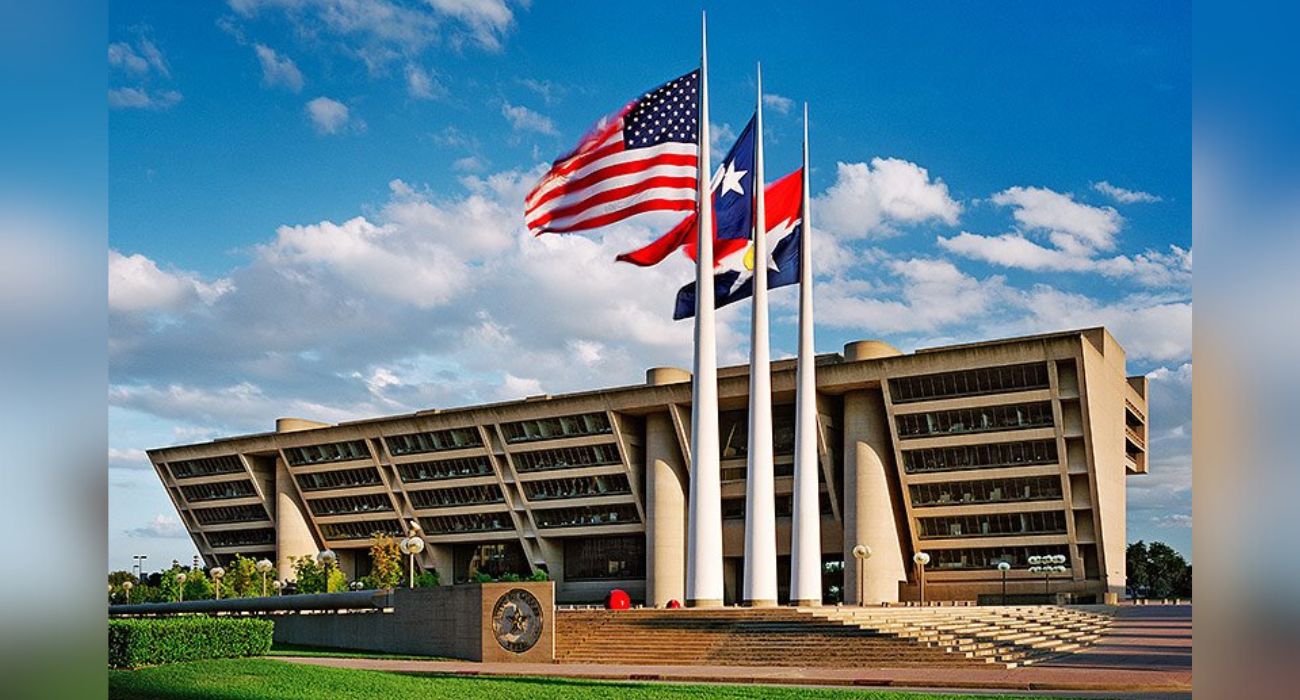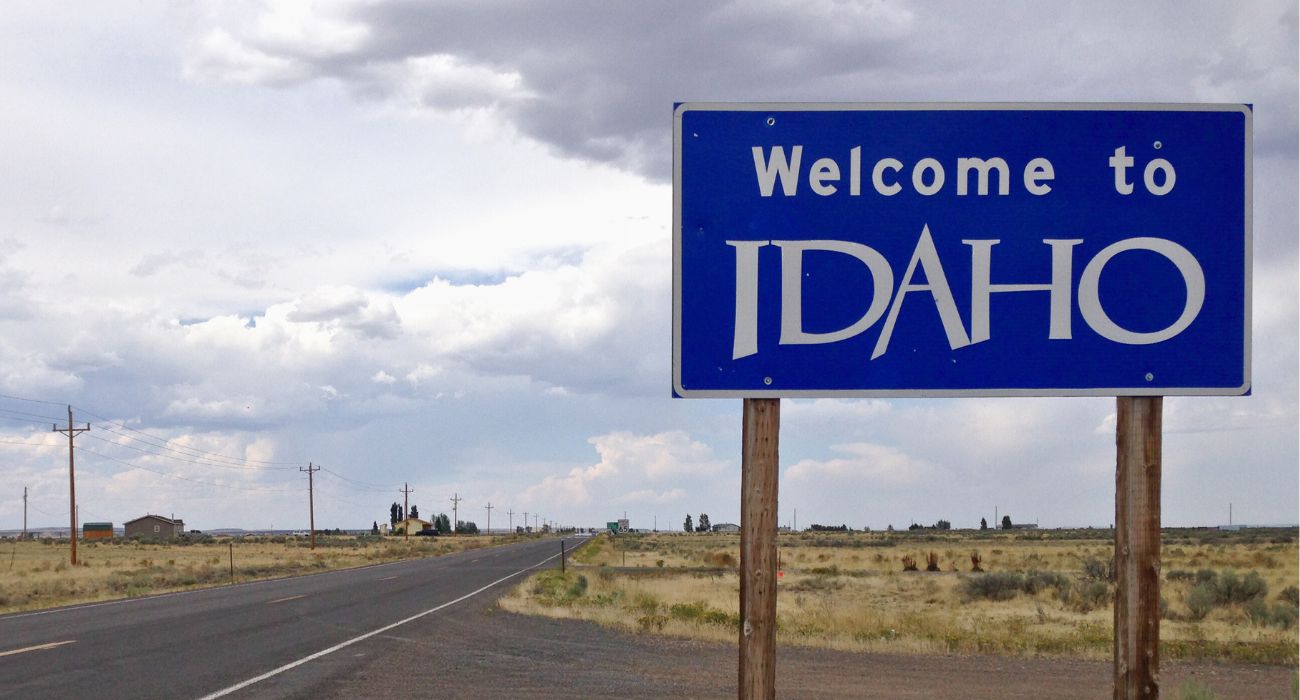Two cities in North Texas are among the safest cities in the United States, according to a new ranking based on the cost of crime per capita.
MoneyGeek, a personal finance website, published its annual ranking of low-crime municipalities nationwide this week. Appearing in its top 15 were the North Texas cities of Plano and McKinney, which came in at No.12 and No.14, respectively. Yet both were bested by Pearland in the Houston metro area, which broke into the top 5 by coming in at No.4 behind Florida’s Pembroke Pines (No.3), Indiana’s Fishers (No.2), and California’s Thousand Oaks (No.1).
A total of 302 cities with populations of 100,000 or more were included in the analysis. To compile the ranking, analysts at MoneyGeek explored the financial burden of crime by quantifying the societal cost per capita using violent crime and property crime data from 2022.
Most of the data was sourced from the FBI and the U.S. Census Bureau. Some cities in Florida, Illinois, Maryland, and Pennsylvania did not have sufficient crime data available and thus were excluded from the study.
By looking at the financial cost of crime, MoneyGeek aimed to provide a more nuanced perspective on how crime rates can impact a community, from lowering home values to increasing insurance costs.
“Behind all these averages that people like to cite about the crime rates in different communities are individual people and their decisions about how they choose to engage in their community,” explained Jesse Bruhn, an assistant professor of education and economics at Brown University, according to MoneyGeek. “There’s a lot more heterogeneity in these patterns that we just can’t measure.”
An interesting result of the study was that a majority of the most dangerous cities on the list had populations of 300,000 or more. Irvine, California, was the only city of such a size to figure in the top 10 of the safest cities.
The Texas cities of El Paso and Arlington landed in the top 10 safest cities with 300,000 people or more, yet they placed No.80 and No.138, respectively, in the full ranking.
Dallas performed considerably worse than its fellow Lone Star State cities, landing at No.223 on the list. MoneyGeek found that Dallas had a total crime cost of around $3.6 trillion or $2,834 per capita.
In comparison, the most dangerous city — Birmingham, Alabama, ranked No.302 — had a lower total crime cost of roughly $2.2 trillion, yet the per capita cost was considerably higher, at $11,392.
The highest-ranking North Texas city for safety, Plano, had a significantly lower per capita crime cost of $420 and a lower total crime cost of about $121.9 billion.
Although the Dallas Police Department has poured considerable resources into curbing violent crime throughout the city, its efforts have been dampened by a significant staffing issue. Approximately 3,000 officers are currently fielded despite a prior City report calling for closer to 4,000 to address the policing needs of residents adequately.
Spikes in motor vehicle theft, prostitution, and murder this year attest to the situation, as extensively covered by The Dallas Express. Downtown Dallas, which is plagued with criminal activity and vagrancy, speaks most heavily to the impact of the officer shortage on the city center’s economic vitality.
“Higher levels of police presence make crime less likely to occur,” reads a press release from the Metroplex Civic & Business Association (MCBA) sent to The Dallas Express earlier this month.
“The City of Dallas must get crime under control if it hopes to retain the businesses that are there. Additionally, as more high-rise office buildings are converted into residential units, they become increasingly less attractive if crime remains high.”
A monthly comparative study conducted by MCBA shows that crime in Downtown Dallas far surpasses Fort Worth’s city center, which is reportedly patrolled by a special neighborhood police unit working alongside private security guards.






